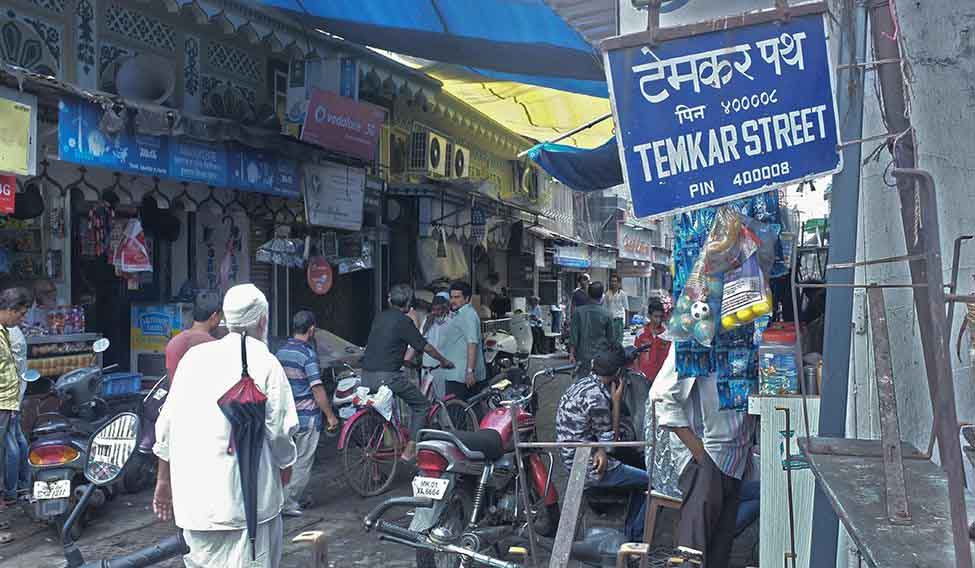Until the late 1980s, Temkar mohalla had a notorious reputation. A predominantly Muslim neighbourhood in south Mumbai, Temkar mohalla and its adjoining alley, Pakmodia Street, were home to underworld don Dawood Ibrahim’s various ‘businesses’. He had his ‘offices’ there.
Back then, a call from Temkar mohalla was enough to send shivers down the spine of the city’s business community. It was from buildings 77/83 and 77/85 at Pakmodia Street that Dawood and his men, who were managed by aide Chhota Shakeel and brother Noora, sent out extortion calls and ‘issued summons’ to builders, businessmen and the city’s real estate promoters who were not so obliging.
Shakeel’s mother, Sugrabi Shaikh, was one of Temkar’s most famous residents. She died on June 19. An accused in the 1993 serial bomb blast, Shakeel had expressed a desire to meet his mother. Following her death, Ismaili building, where she lived, witnessed a steady stream of visitors. The security and intelligence agencies kept a close watch in the hope of catching Shakeel, who has been on the run.
Dawood himself took flight in 1986 and is now reportedly living in Pakistan. However, his last known address in India was Musafirkhana, a two-storey building at Pakmodia Street.
The gangsters may have been long gone, but fear and mistrust still lurk in Temkar mohalla. Finding one’s way through the busy alleys is not easy. The buildings have random and nonlinear numbers. Asking around may be the obvious thing to do, but don’t expect clear and precise directions.
The residents are suspicious of all visitors. While walking around in the mohalla, you might feel like you are being followed. The people don’t want a run-in with either the police or the anti-social elements. Nor do they want to talk about the mohalla’s notorious past or its infamous residents.
For the outside world, Dawood might be a dread criminal, but, for many mohalla residents, he still is their ‘bhai’. A few years ago, there was news that Dawood had suffered a heart attack and was in hospital in Pakistan. But the locals refused to buy the story. A resident said that if Dawood wanted he could get a hospital built for himself. There was no need for him to go to a hospital anywhere. Such was his clout in the area that people are still in awe of him.
“In those days, these names [Temkar mohalla and Pakmodia Street] were impressive labels,” says a retired Mumbai police officer, who was entrusted with the task of curtailing the underworld. “A lot of power then rested with the criminal gangs. The gangsters were close to a section of politicians and the police, and flaunted their proximity to ensure personal safety. That was the norm of the day then. It was much like a salaam-dua culture where you pledge your allegiance to the underworld boss and, in turn, they assure you safety.”








